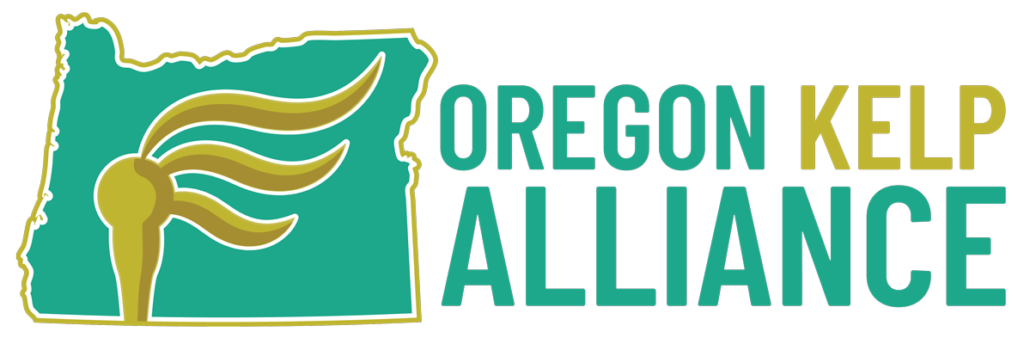Bull kelp is a type of marine brown algae that can be found in cold, coastal waters from Alaska to Central California. It clings to rocks on the seafloor with what is called a holdfast, from which a long rope-like stem, called a stipe, reaches up toward the surface, held aloft by a gas-filled bulb. From the bulb, leaf-like blades spread through the water, absorbing the sun’s rays and creating nutrients through photosynthesis. Bull kelp can grow extremely quickly, sometimes growing as much as ten inches in one day and up to as much as 115 feet in a season! Bull kelp is an annual kelp, which means that its life cycle lasts only one year. After winter storms, it is common to see tangled clumps of spent bulk kelp washed ashore. Like the trees in a forest, bull kelp is more than just an organism, it is a rich habitat for countless other species including fish, crab, urchins, sea stars, and marine mammals.
